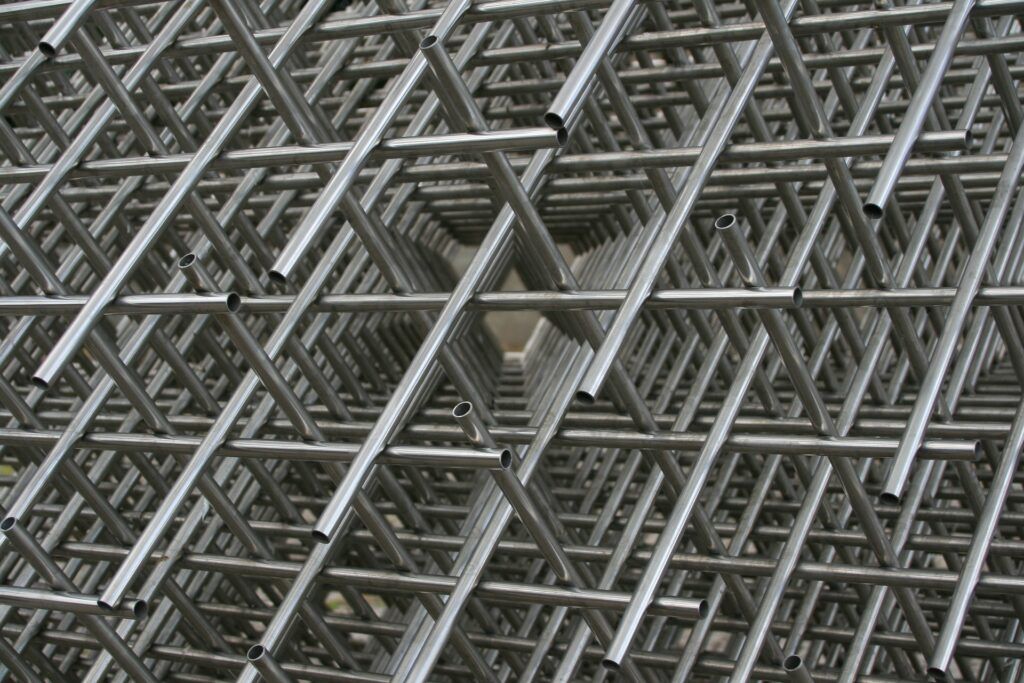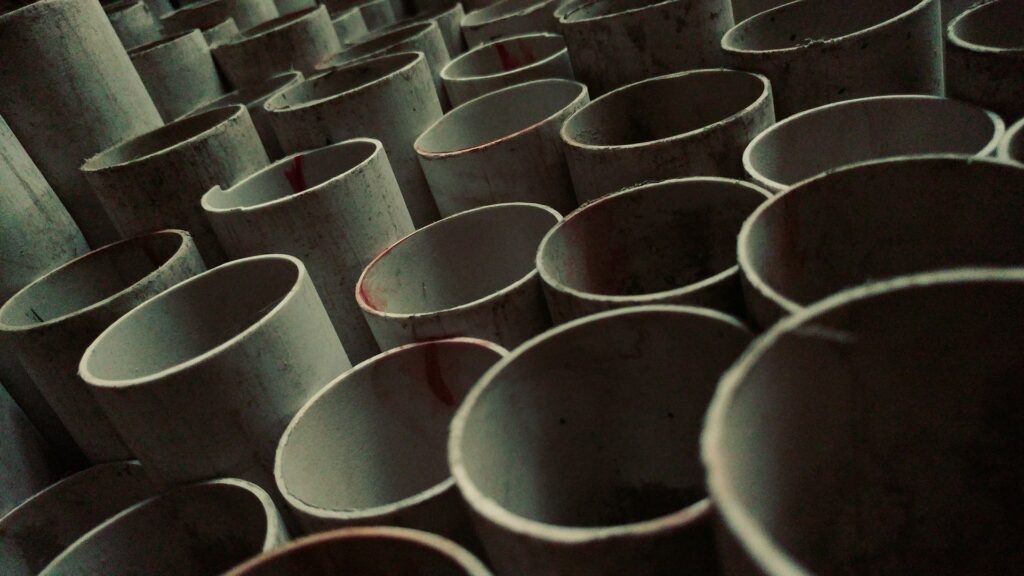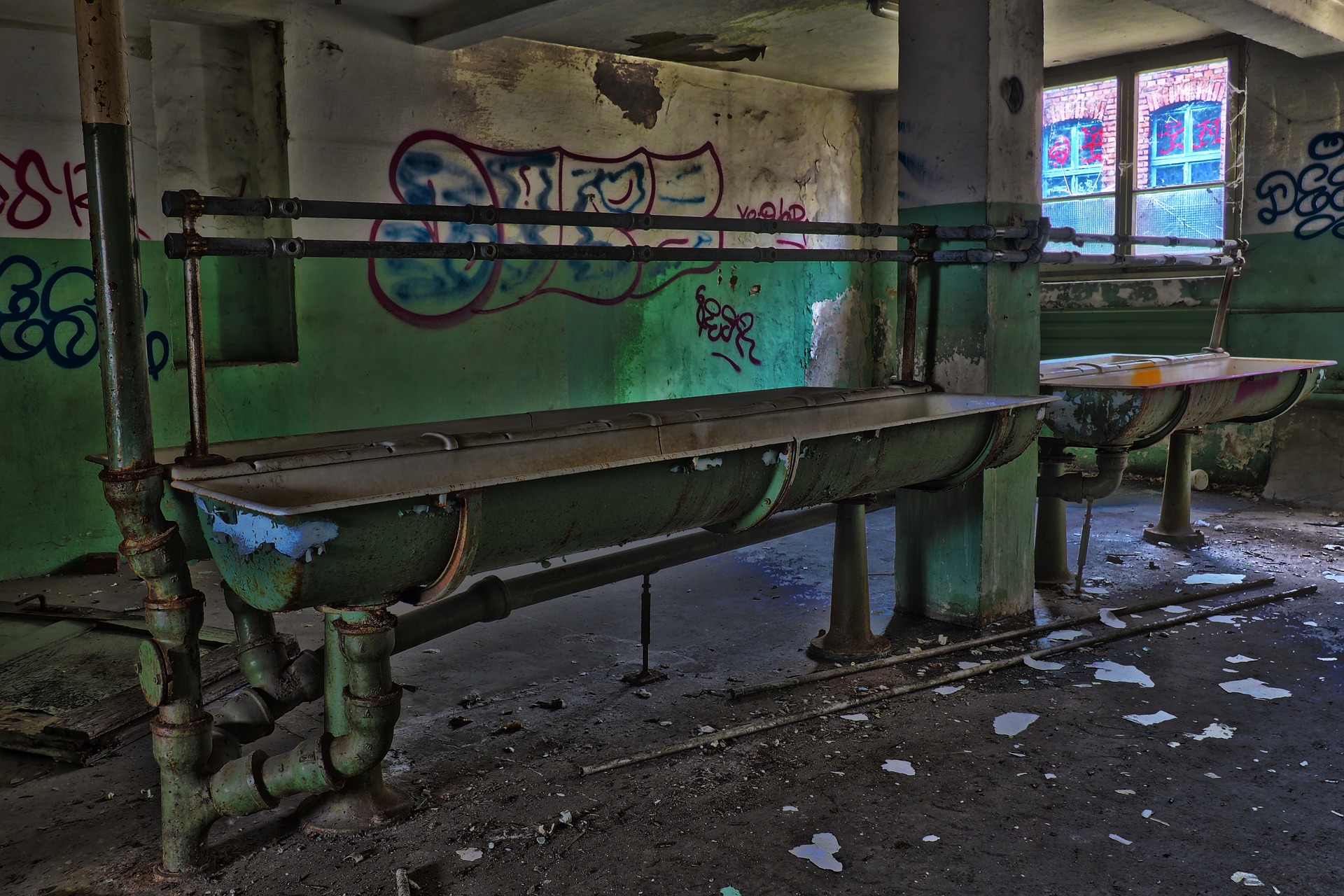While this task may appear onerous at first, it’s a necessary one that you’ll need to complete at some point in time. Being familiar with the procedure makes the process much simpler. If you’ve ever wondered why and how to upgrade your kitchen’s drain pipes and Sink pipes to PVC, this guide is for you. For the kitchen, there are a few common types of drain pipes. Copper, galvanized steel, ABS, and PVC are the most common piping in-home kitchen plumbing systems.
The Sink Pipes could be composed of a range of different materials. Even though it can be a little puzzling, this isn’t a rare occurrence. Here’s how to tell if your kitchen has copper or plastic pipes. Copper piping is available for purchase. As far back as the 1930s, it was widely used in household plumbing systems. It is surpassing the galvanized steel. In addition to being extremely durable, copper is also heat and corrosion-resistant, making it an excellent choice for many applications.
The Galvanized Steel Pipes:
This is another frequent plumbing pipe material. As a result of its inexpensive cost, it was frequently utilized in plumbing systems from the 1950s through the early 1990s. Gray and thick-walled, these pipes are commonly used for water and sewer lines. Tubing crafted from ABS. Plastic pipes for home plumbing began to gain popularity in the 1970s.

ABS, also known as Acrylonitrile Butadiene Styrene, was the first type of plastic tubing discovered in a home. Black in color, ABS are lighter and less expensive than metal because of their plastic construction; rust is not an issue because they are not metal. Sink pipes and Bisphenol A, a substance found in ABS, are a concern.
Pipes made of polyvinyl chloride:
Plumbing systems in residential structures have used PVC pipes for more than 40 years, and they continue to be the most popular choice today.White is the most common color of PVC. Easy to use because it is flexible, resilient, and light in weight.
The Benefits of PVC Over Metal Kitchen Pipes:
Using PVC pipes in your home’s plumbing is the best solution. Plastic PVC is a better option if you have metal areas under your Sink Pipes. Replacement costs for PVC pipes are much lower than for copper. Investing in preventative maintenance now will pay off in the long run if you ever need to repair your vehicle shortly because you will have saved money in the short term. Second, the ease of cutting PVC pipe makes it a more suitable material to work with.

Changing Kitchen Sink Pipes Correctly:
To change the metal pipes under your kitchen Sink Pipes from metal to PVC is not as complicated as you would imagine. Replace your present system with PVC by following these steps: Use the valves under the sink to turn off the water. Take out all of the old pipes. Remove the nuts that connect the P-trap to the tailpiece and the waste line by using an adjustable wrench or pliers to tighten them.
Try spraying lubricant on the nuts to loosen them if they are difficult to remove or get stuck. Pull the P-trap out of the tailpiece and along the waistline to remove it. Please keep in mind that the trap is filled with water; make sure to keep it upright until all of the water has emptied. Should disassemble the old assembly into its component pieces so that it may easily replace similar plastic parts.
Cut the PVC pipe to the precise length of the metal pipe you had to cut out of the way. Remove the metal pipe; the same PVC pipe with a diameter of either 1 14″ or 1 12″ should be used. It is necessary to utilize a compression nut to connect the drain intake to the tailpieces. Using your hands, tighten the compression nut until you cannot slide the pipe along the tailpiece.
By connecting the assembly to the Sink Pipes and drain, you can perform a dry fit. Install a P-trap outlet in the waste drain and connect it to the pipe you just laid out. Glue all connections that do not employ compression nuts using PVC cement. All compression nuts should be hand tightened. Replenish the sink with water and reactivate the water supply.
On that note we end this short blog here. Always, remember we are your local pest control experts. We are here to help you. Contact us at for your pest control needs (410) 784-8571. You can also use the free estimate and quote forms on the front and other pages to get in touch. Be pest free and safe

